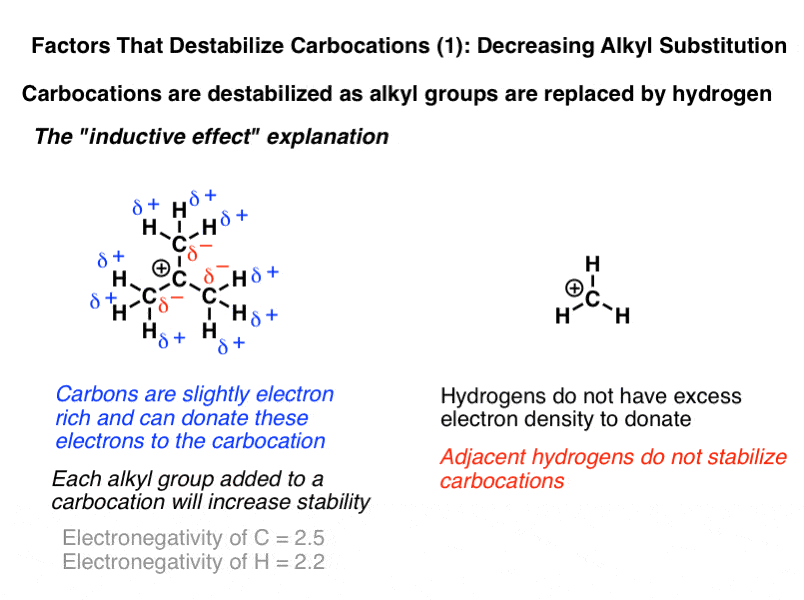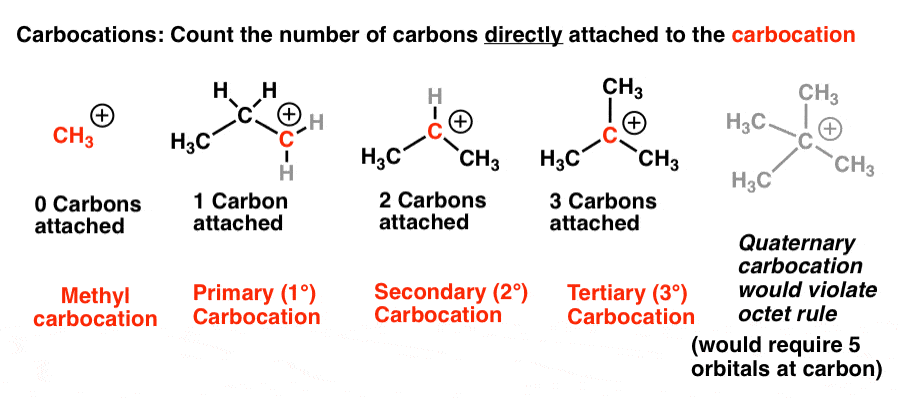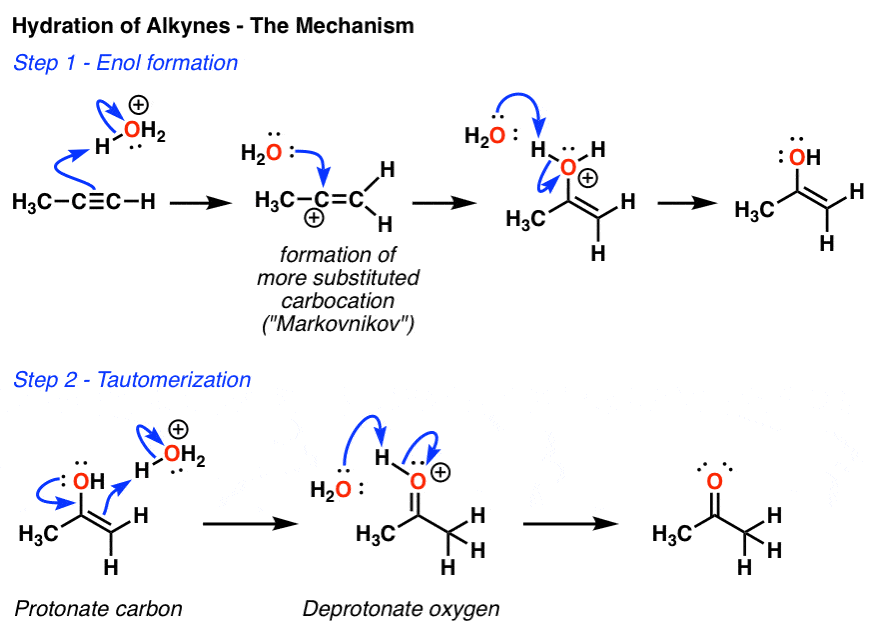The libretexts libraries are powered by mindtouch and are supported by the department of education open textbook pilot project the uc davis office of the provost the uc davis library the california state university affordable learning solutions program and merlot.
A secondary vinylic carbocation is.
Acid catalyzed hydration of phenyl acetylene a terminal alkyne involves a vinylic carbocation intermediate.
Since both carbon atoms form a double covalent bond so both are sp 2 hybridized.
This carbocation is also a benzylic carbocation.
The vinyl cation is a carbocation with the positive charge on an alkene carbon.
The carbocation bonded to three alkanes tertiary carbocation is the most stable and thus the correct answer.
If in both resonance forms the formal charge of 1 is on a secondary carbon it also is a secondary allylic carbocation.
If in the more stable of the two resonance forms of an allylic carbocation the formal charge of 1 is on a secondary carbon the allylic carbocation is called a secondary 2 allylic carbocation.
The more substituted a carbocation is the more stable it is.
The more stable the carbocation the lower the activation energy for reaching that intermediate will be.
In the first mechanism step the alkyne is protonated by hydronium ion a strong acid to produce a resonance stabilized secondary vinylic carbocation shown in red.
Its empirical formula is c 2 h 3 more generally a vinylic cation is any disubstituted trivalent carbon where the carbon bearing the positive charge is part of a double bond and is sp hybridized in the chemical literature substituted vinylic cations are often referred to as vinyl cations and understood to.
Secondary carbocations will require more energy than tertiary and primary carbocations will require the most energy.





























